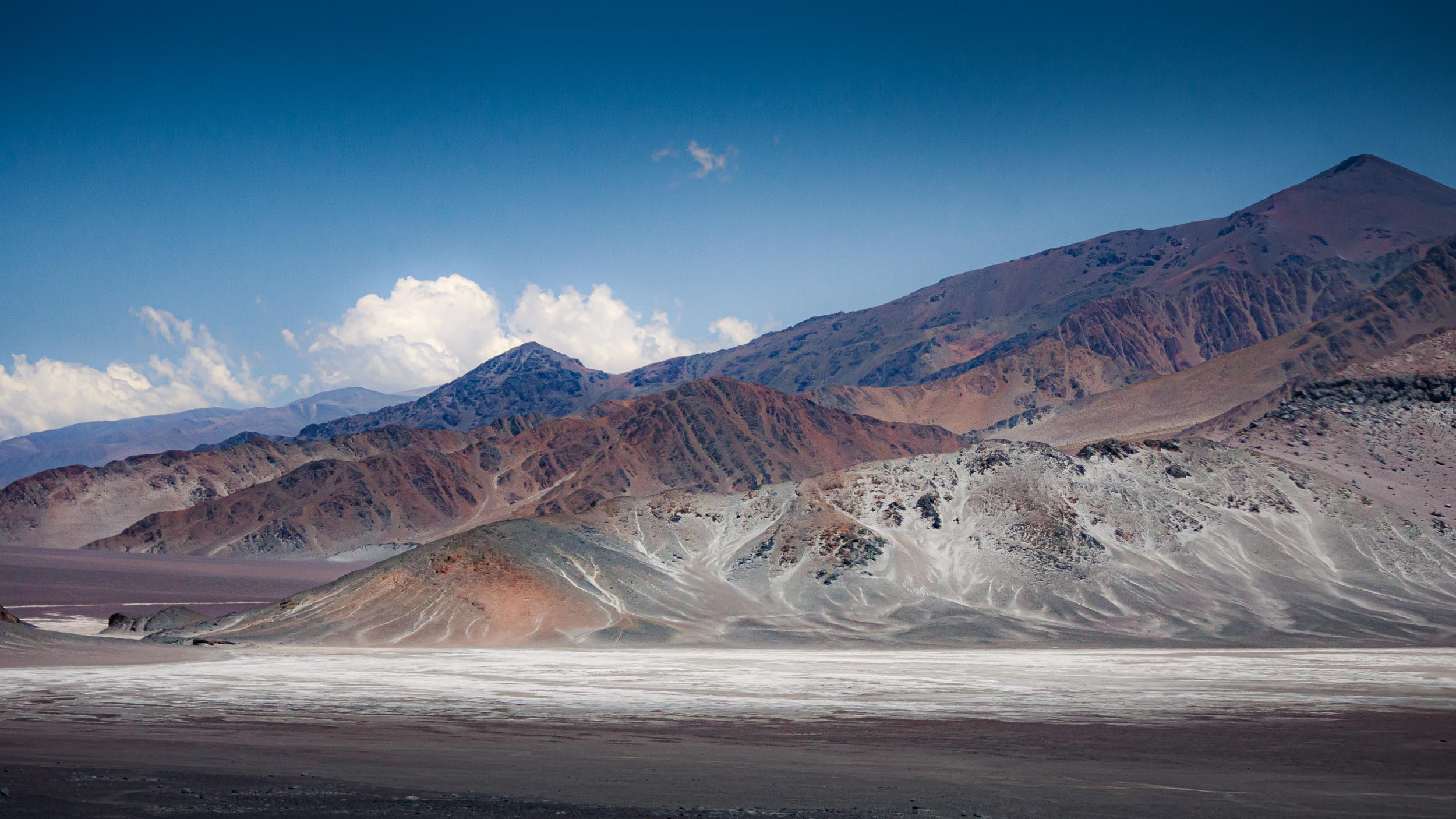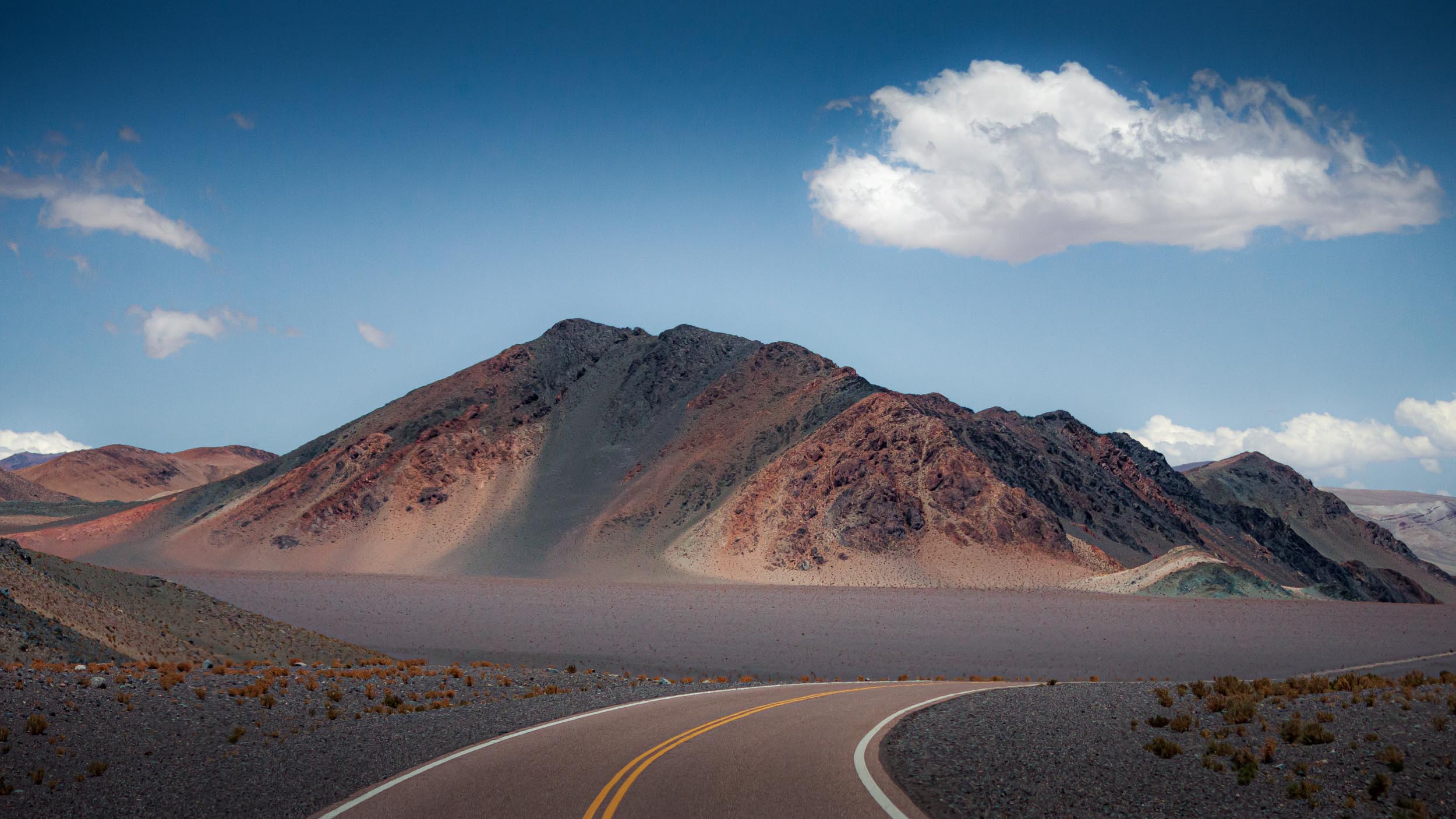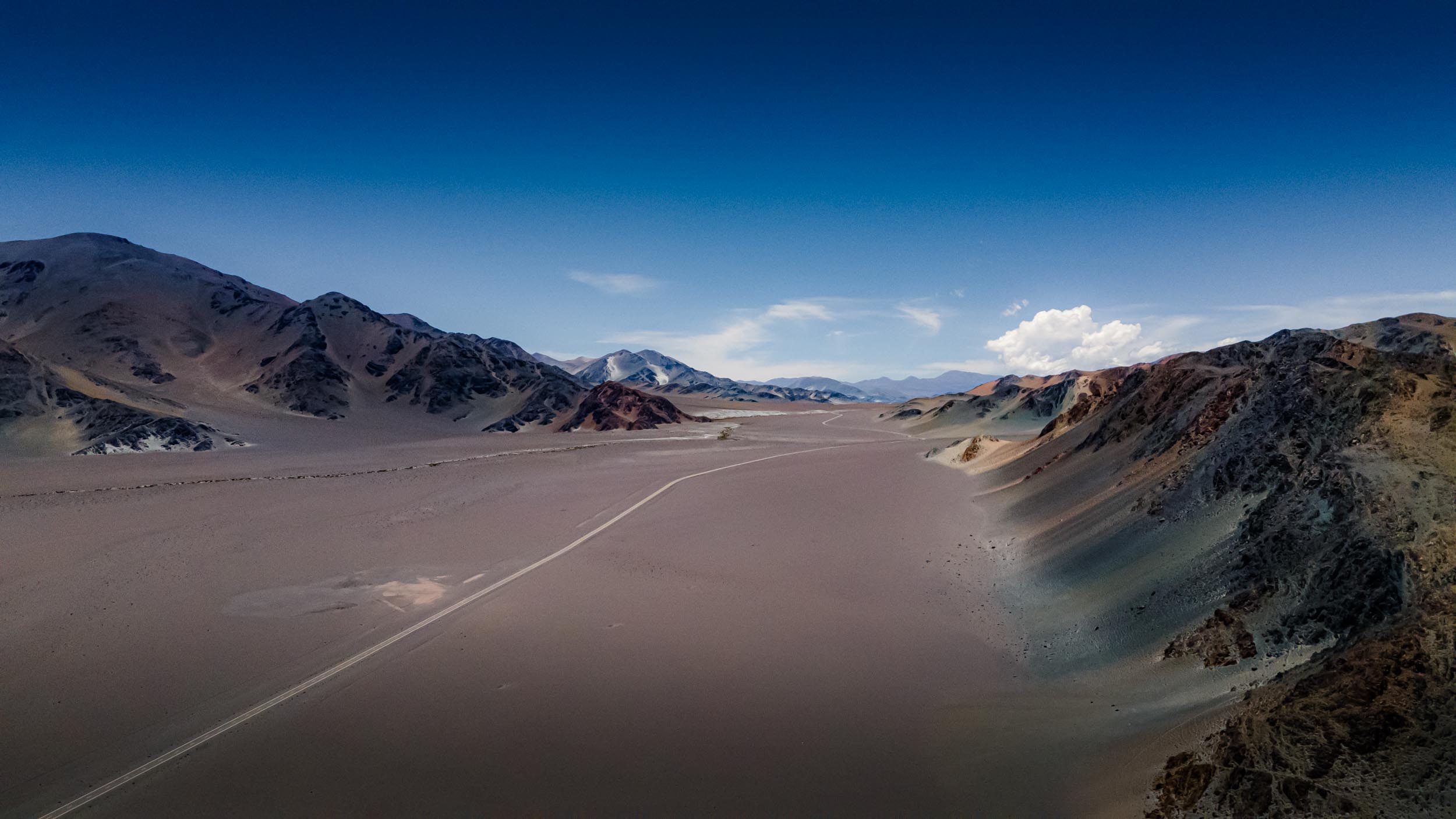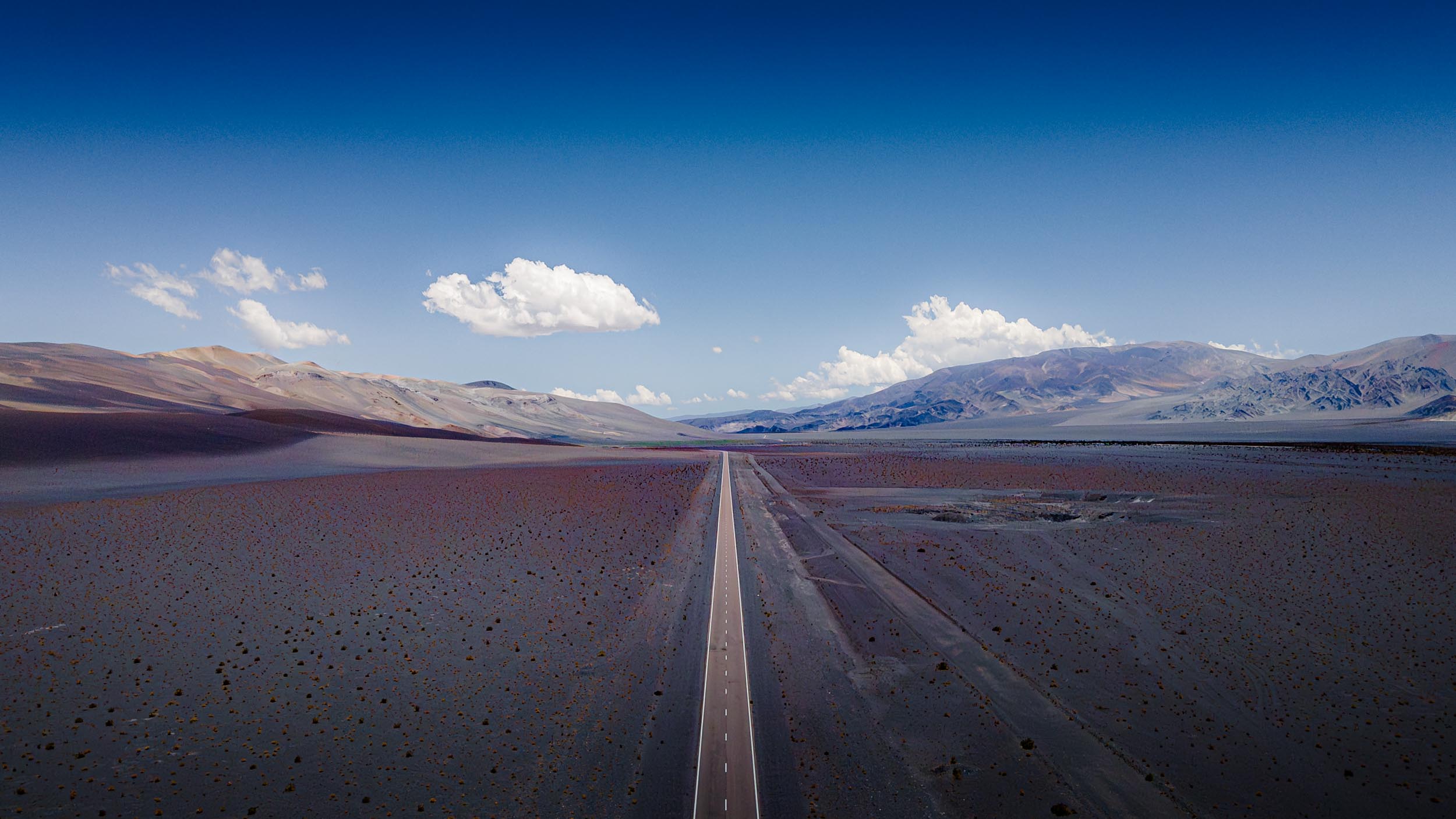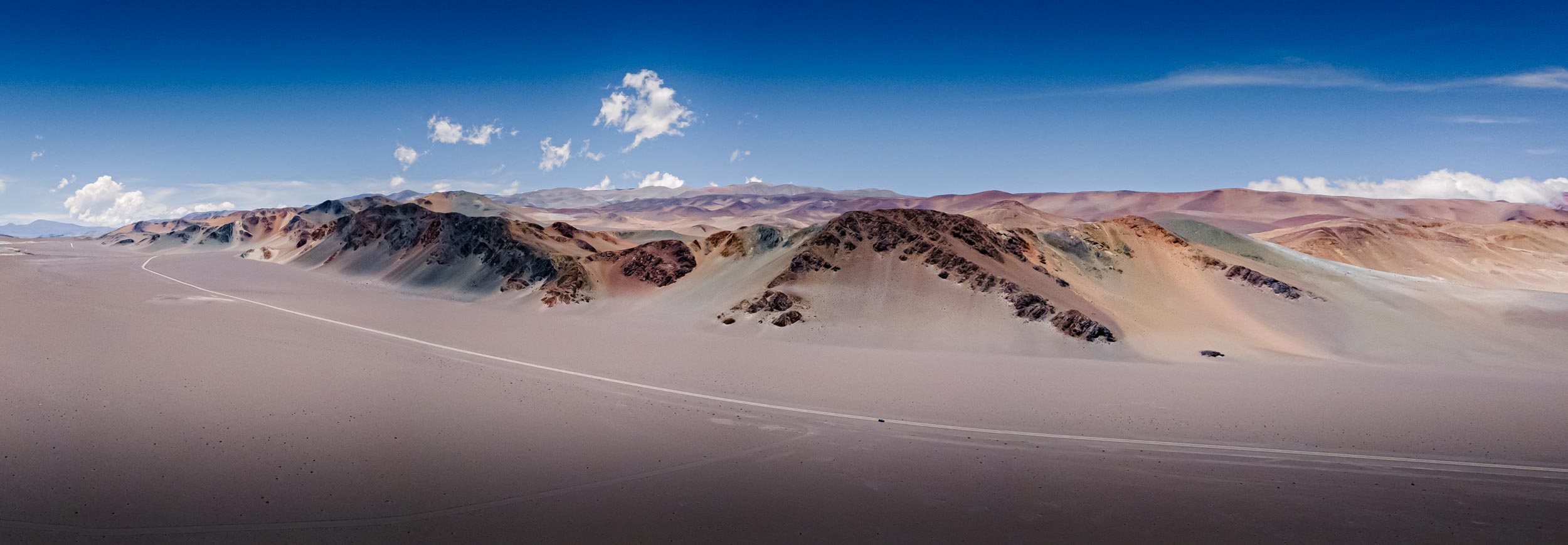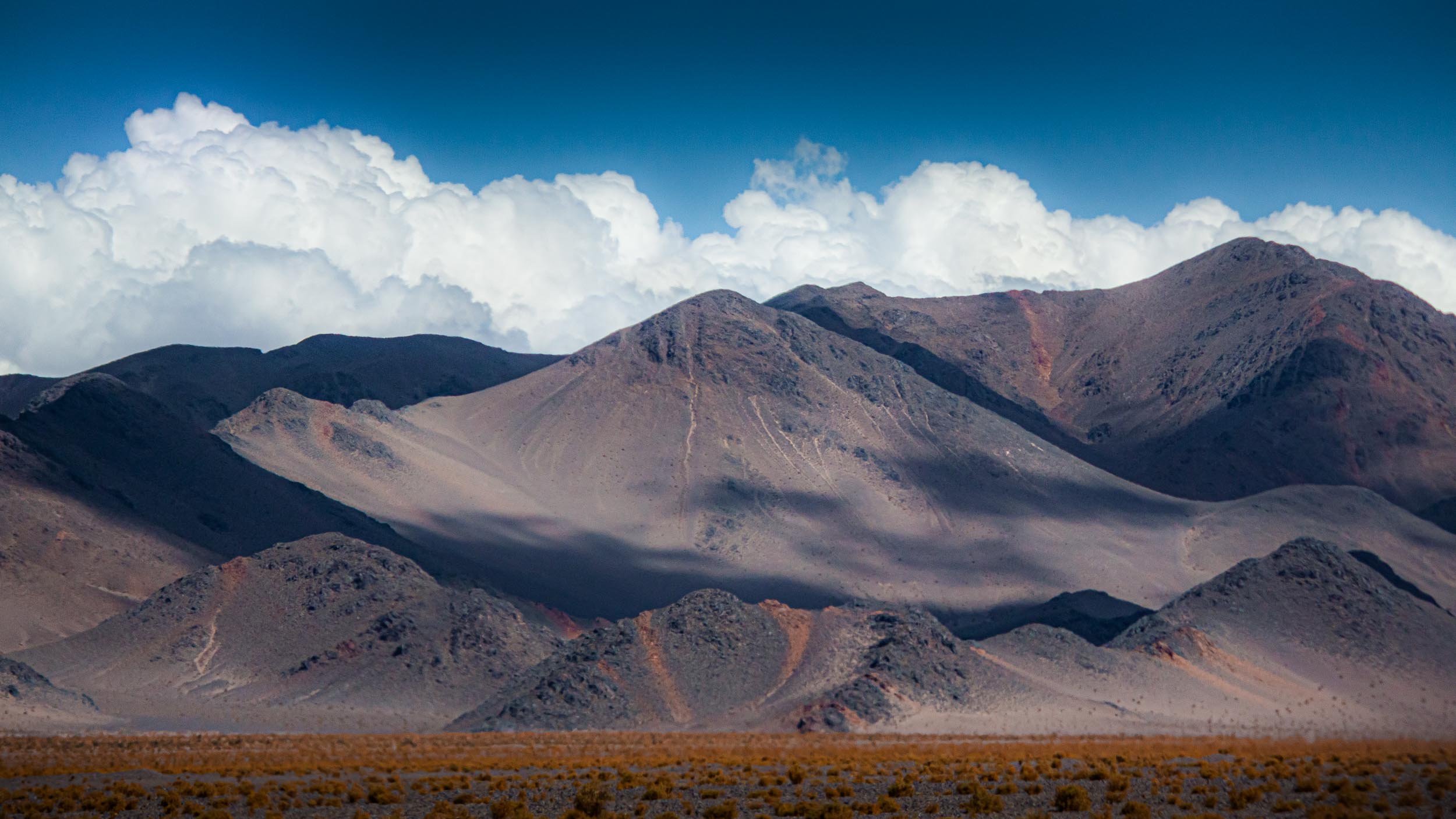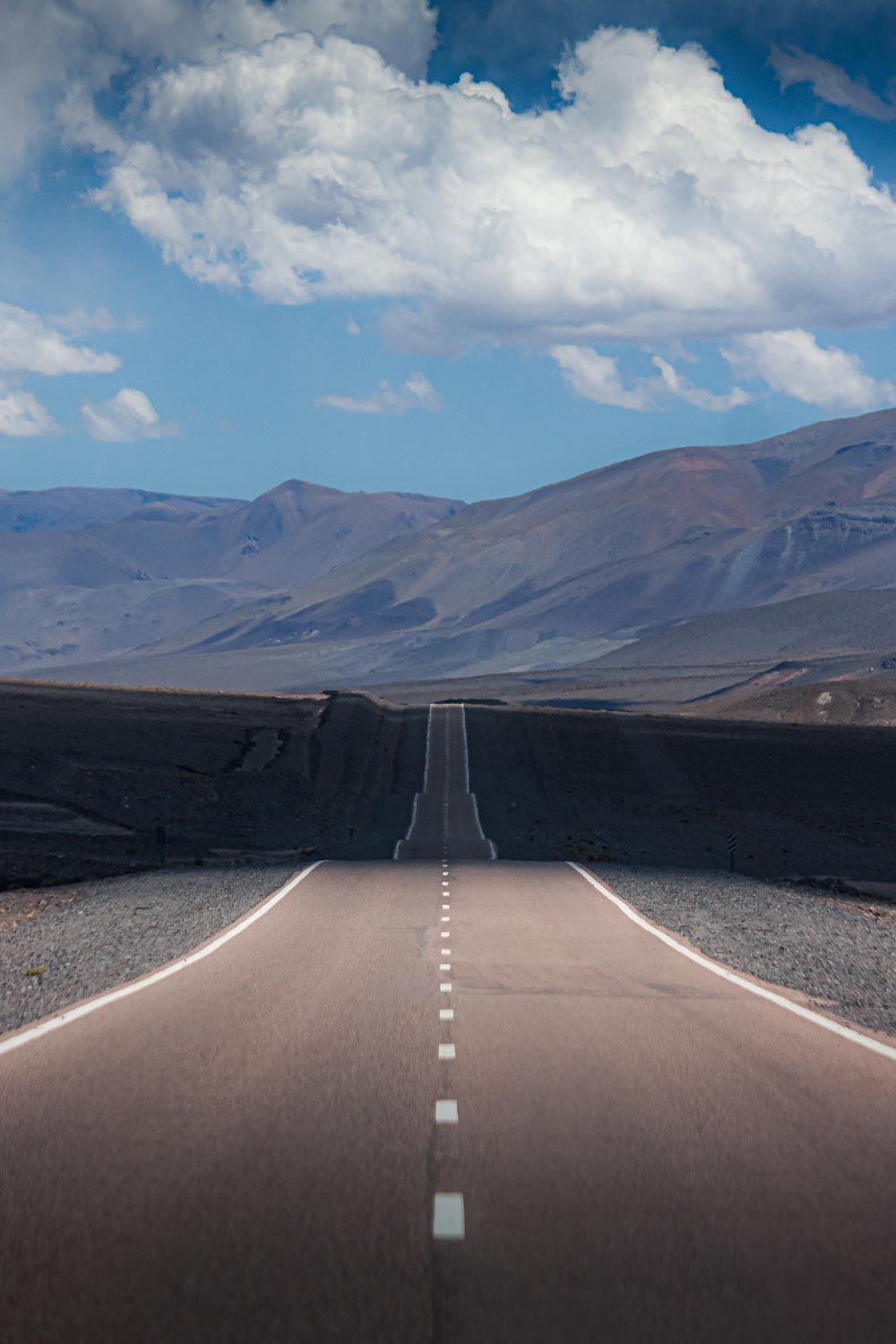
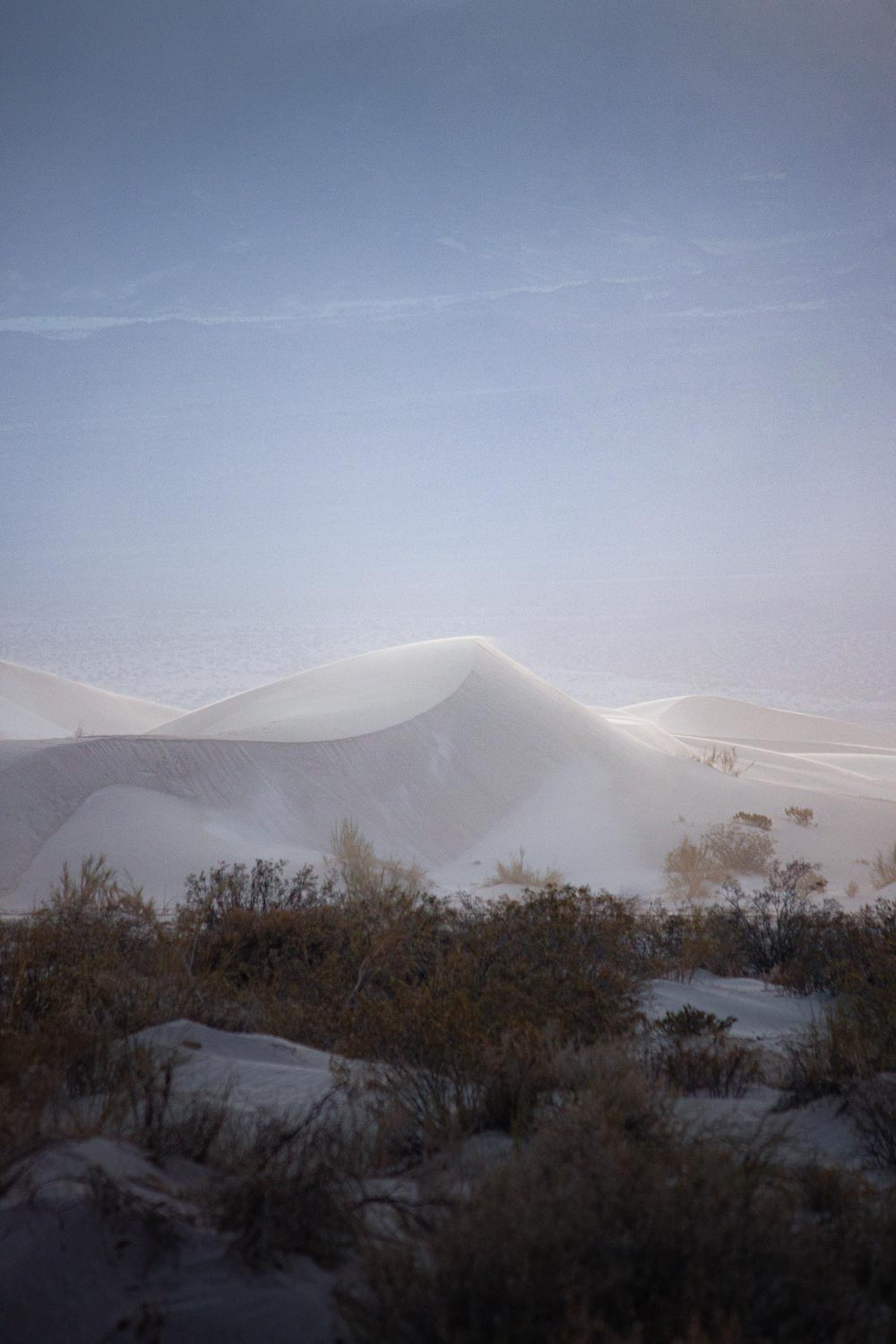
Catamarca
The province of Catamarca lies right to the north of La Rioja. It has a population of about 400,000 people and its capital is San Fernando del Valle de Catamarca. It covers an area of 102,602 km² of which 80% is covered by mountains. It has a semi-arid climate and while winters are mild, summers are hot. Before it was populated by immigrants from mainly Lebanon and Iran, the indigenous Diaguitas people lived there. Today, Catamarca's economy is one of the smallest in Argentina and mining constitutes 20% of it.
However, the province is home to one of the world's largest copper gold mines, Bajo de la Alumbrera, which produces approximately 600,000 ounces of gold and 190,000 tonnes of copper annually. The mine employs over 1,000 people and contributes hundreds of millions of dollars in taxes and royalties to the federal and provincial governments.
Dunes of Tatón
The Tatón dunes are located in the west of Catamarca near the towns of Tatón and Fiambalá. They cover an area of about 100 km² and are over 1200 meters above sea level. The Frederico Kirbus dune is considered to be the highest dune in the world at an altitude of 1230 meters. The dunes are also often used by competitors of the Dakar Rally as a place to practice for the race.
Text adapted from Wikipedia.org
Press Enter to automatically
scroll to the next picture
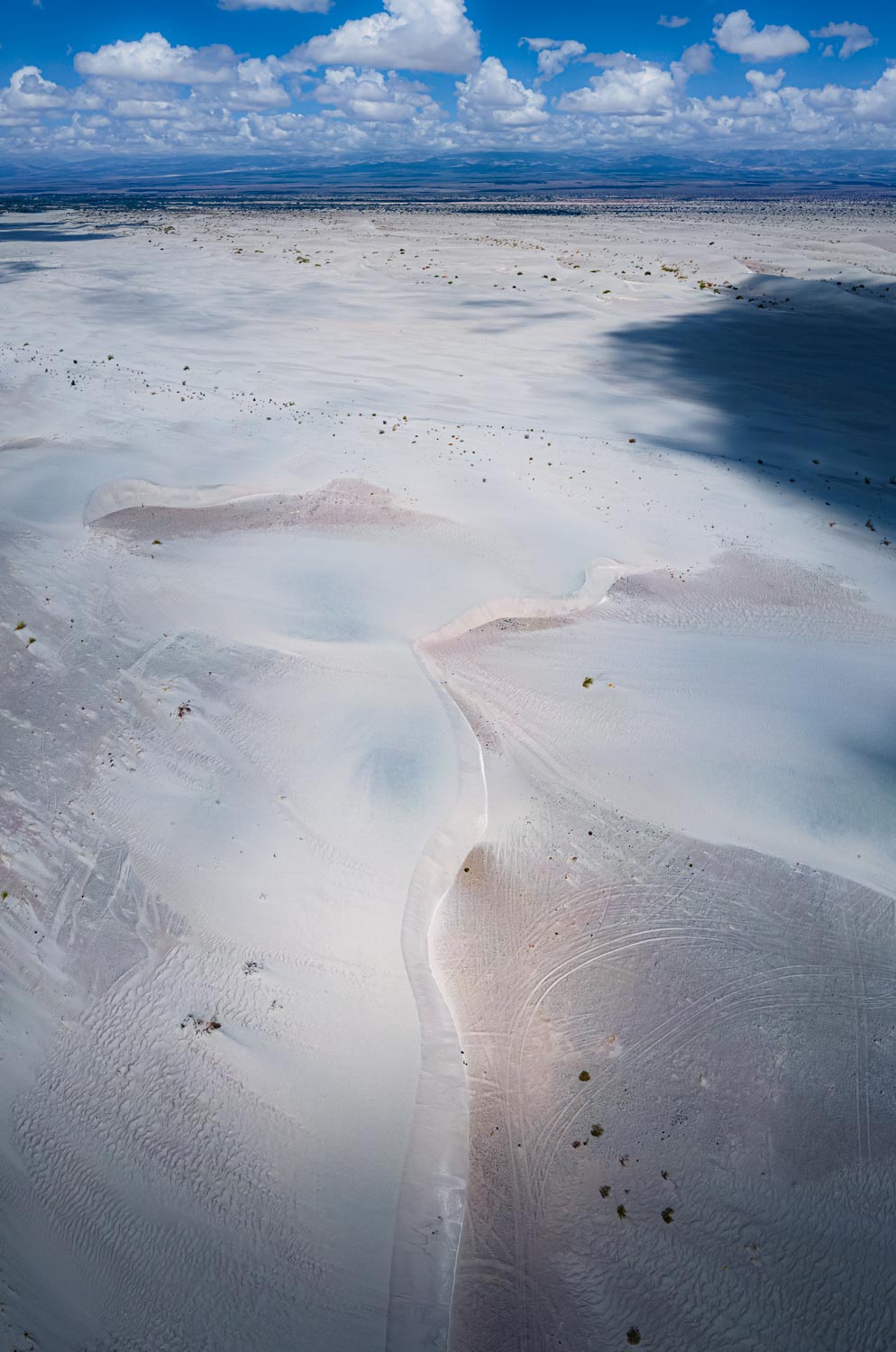
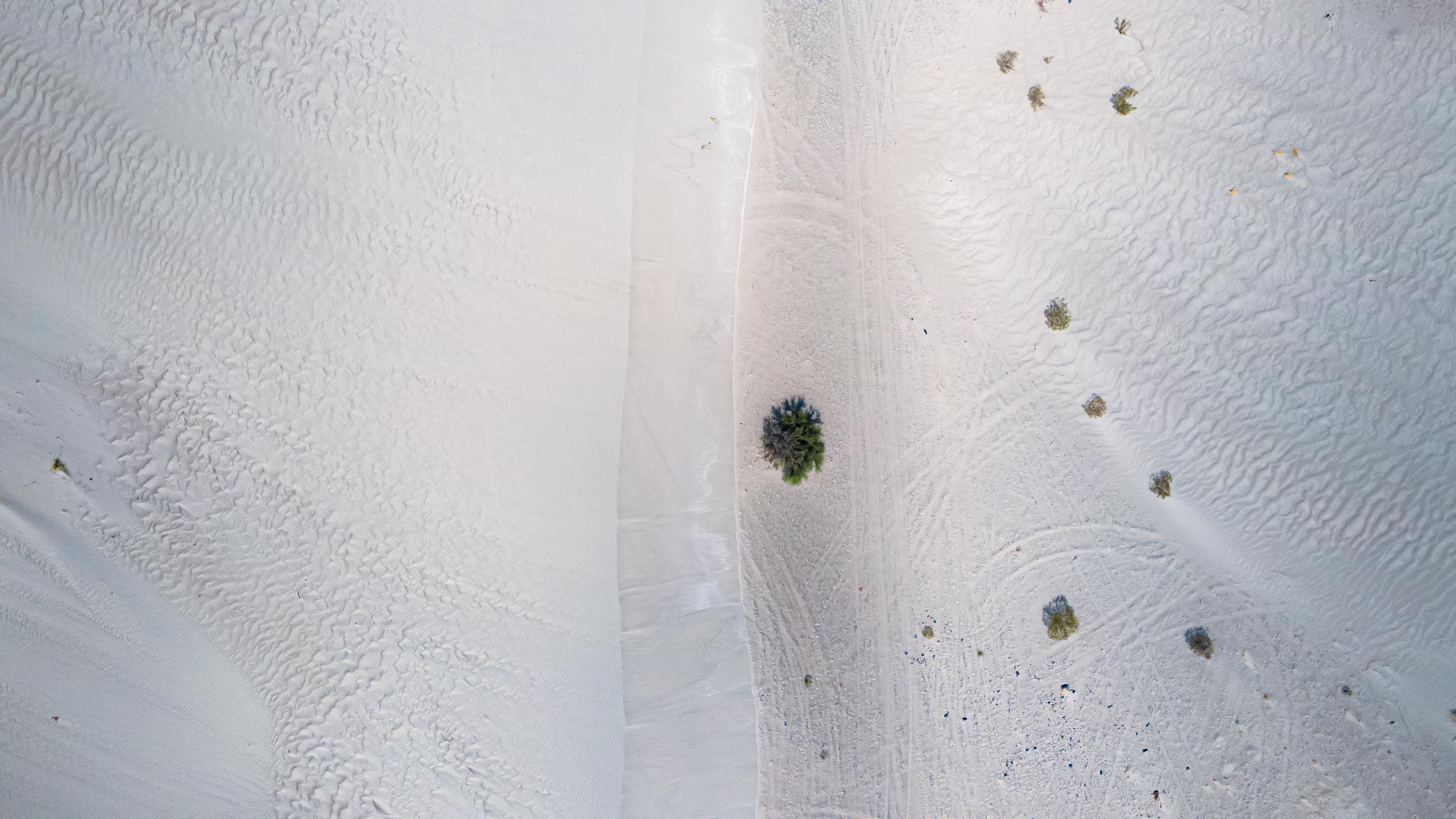
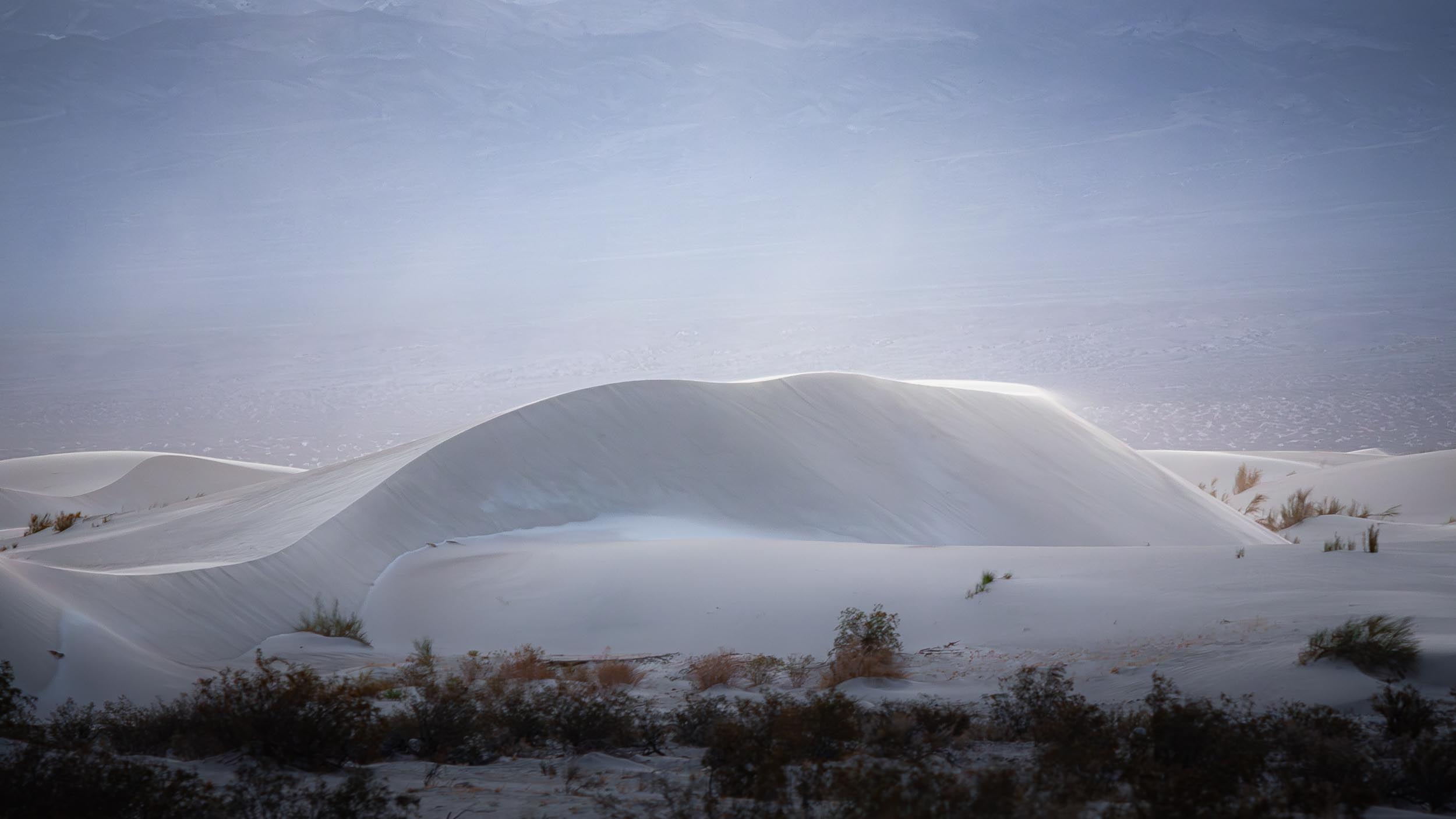
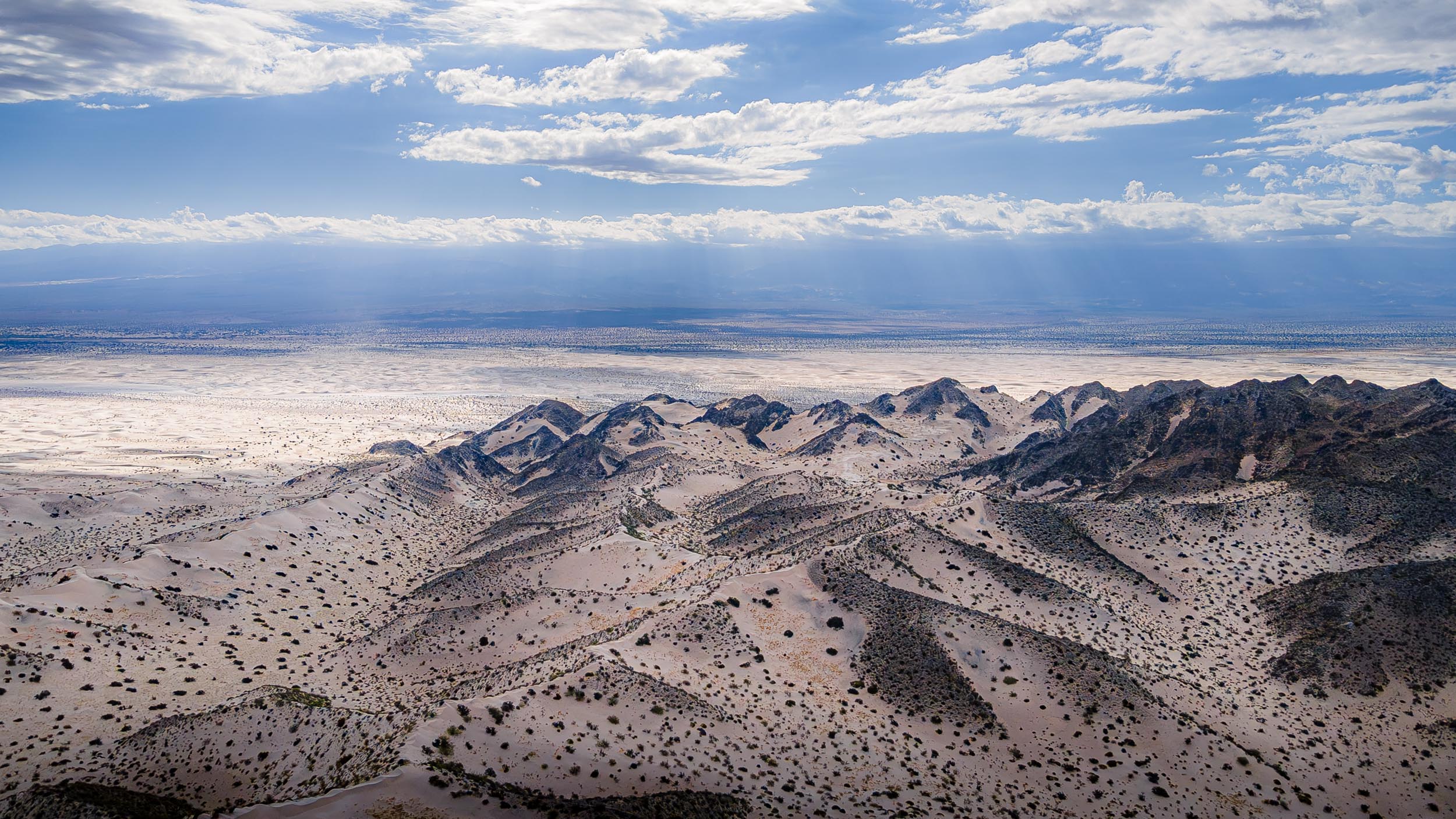
Here the sand covers mountainous terrain, creating very tall dunes
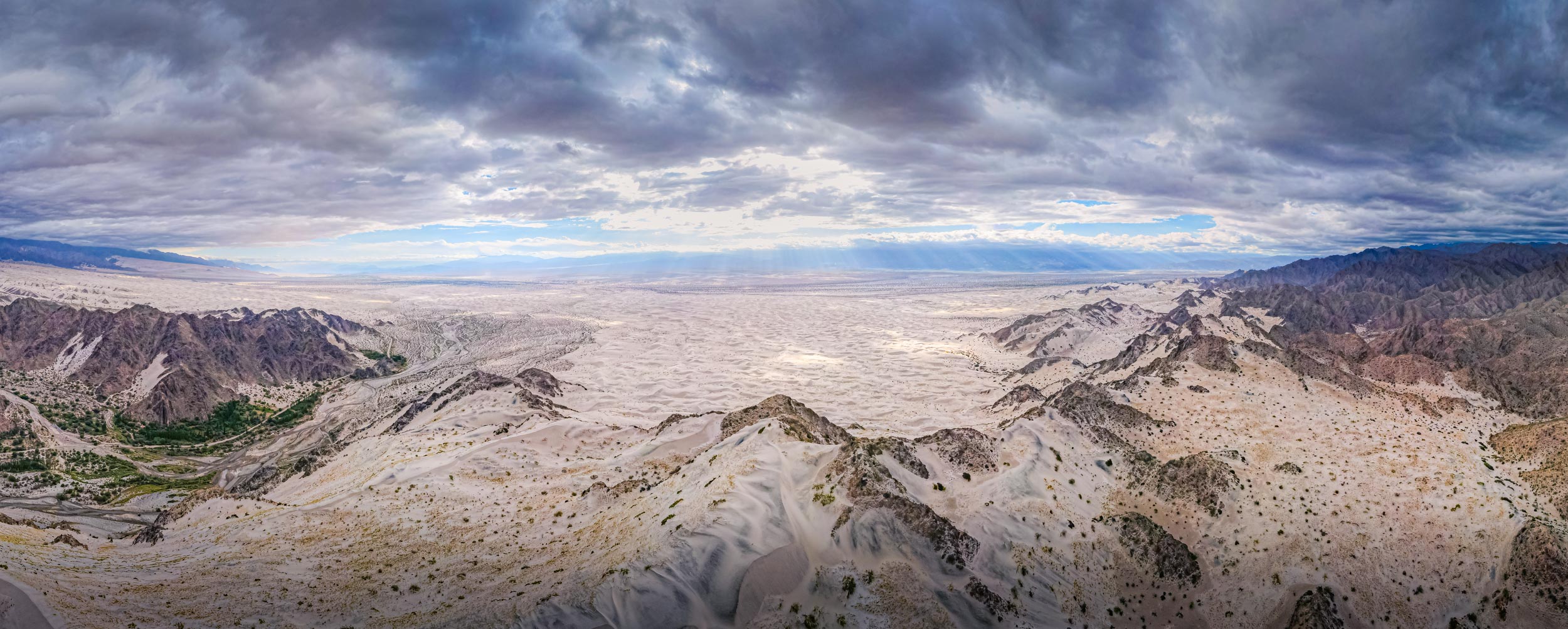
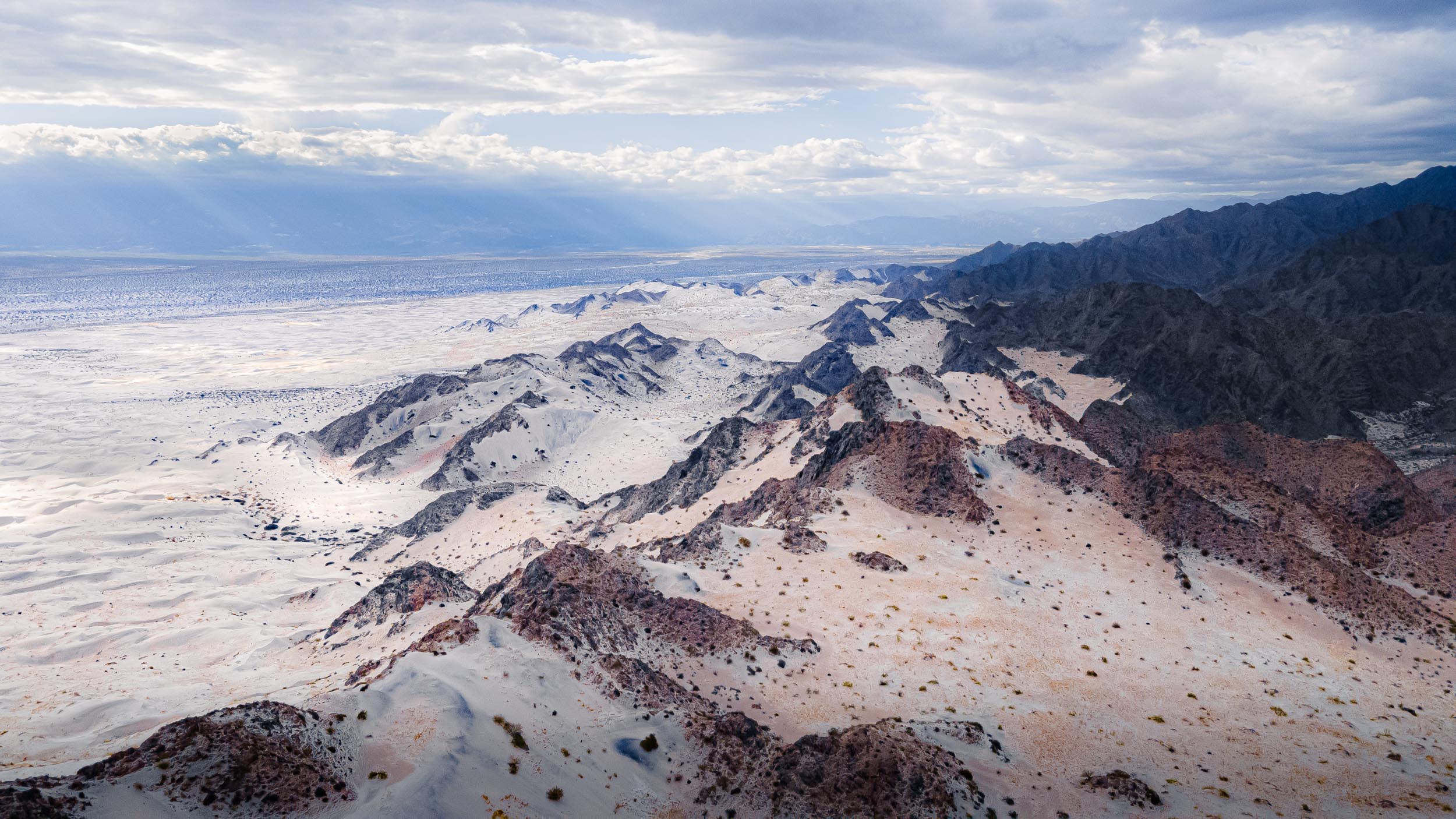
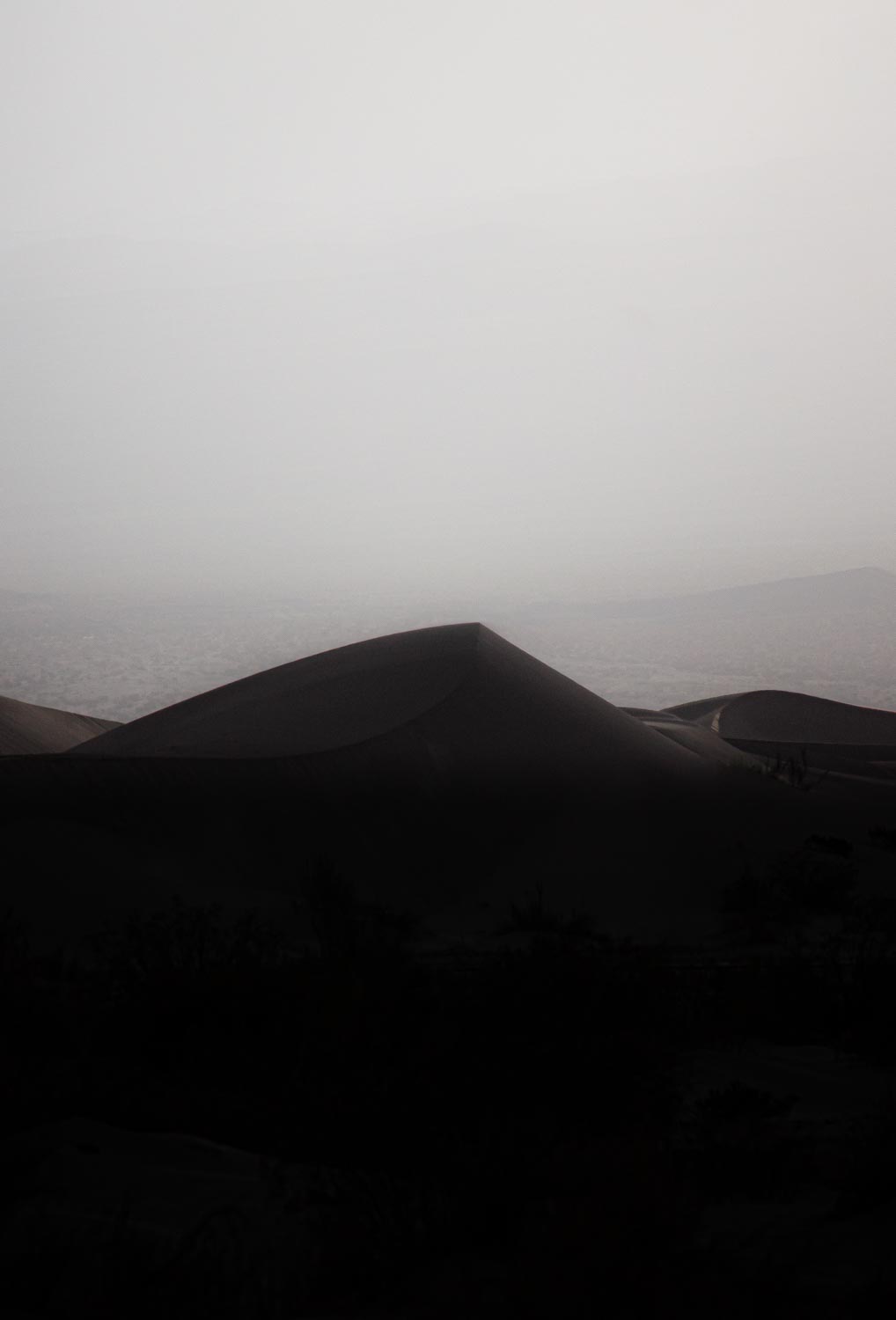
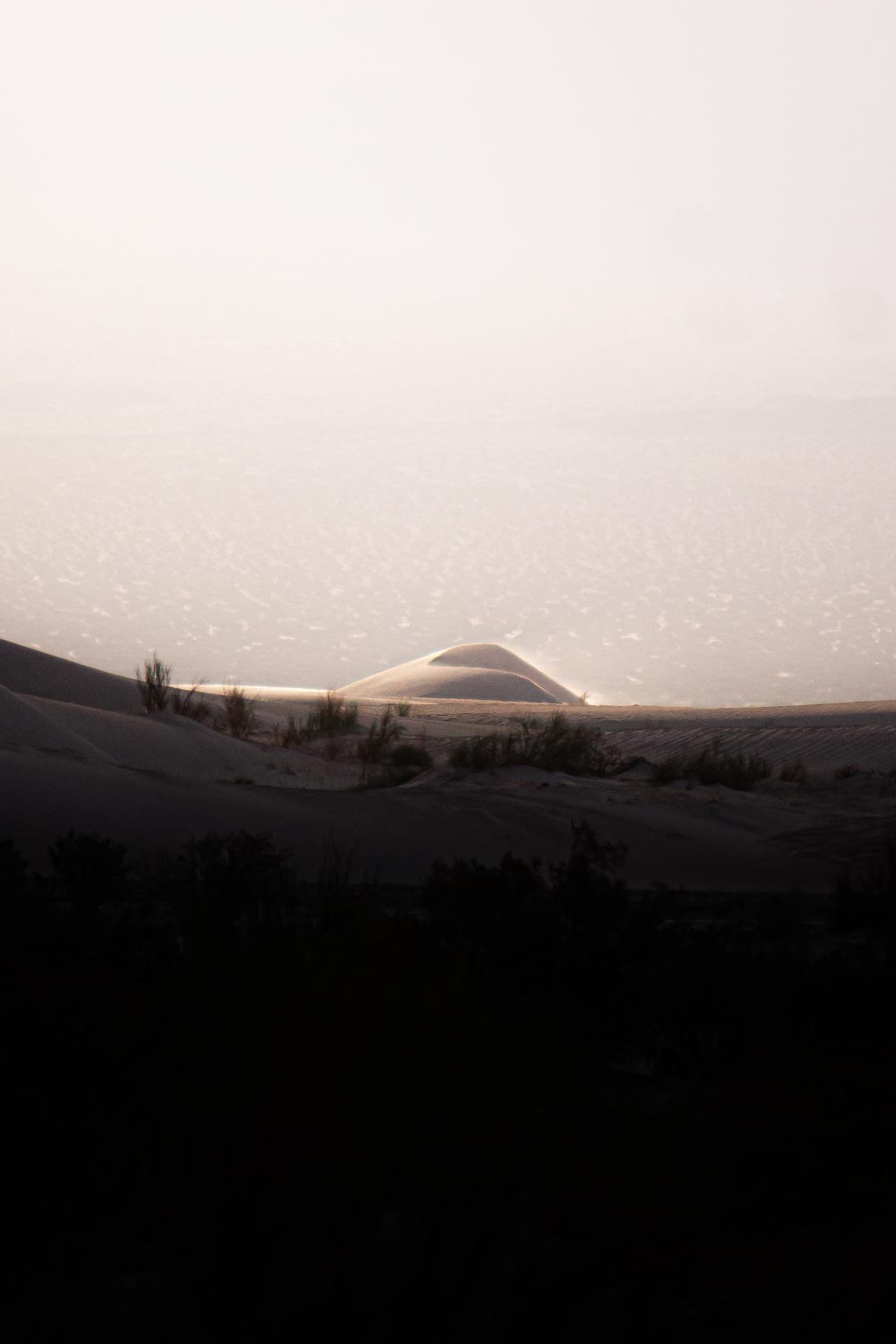

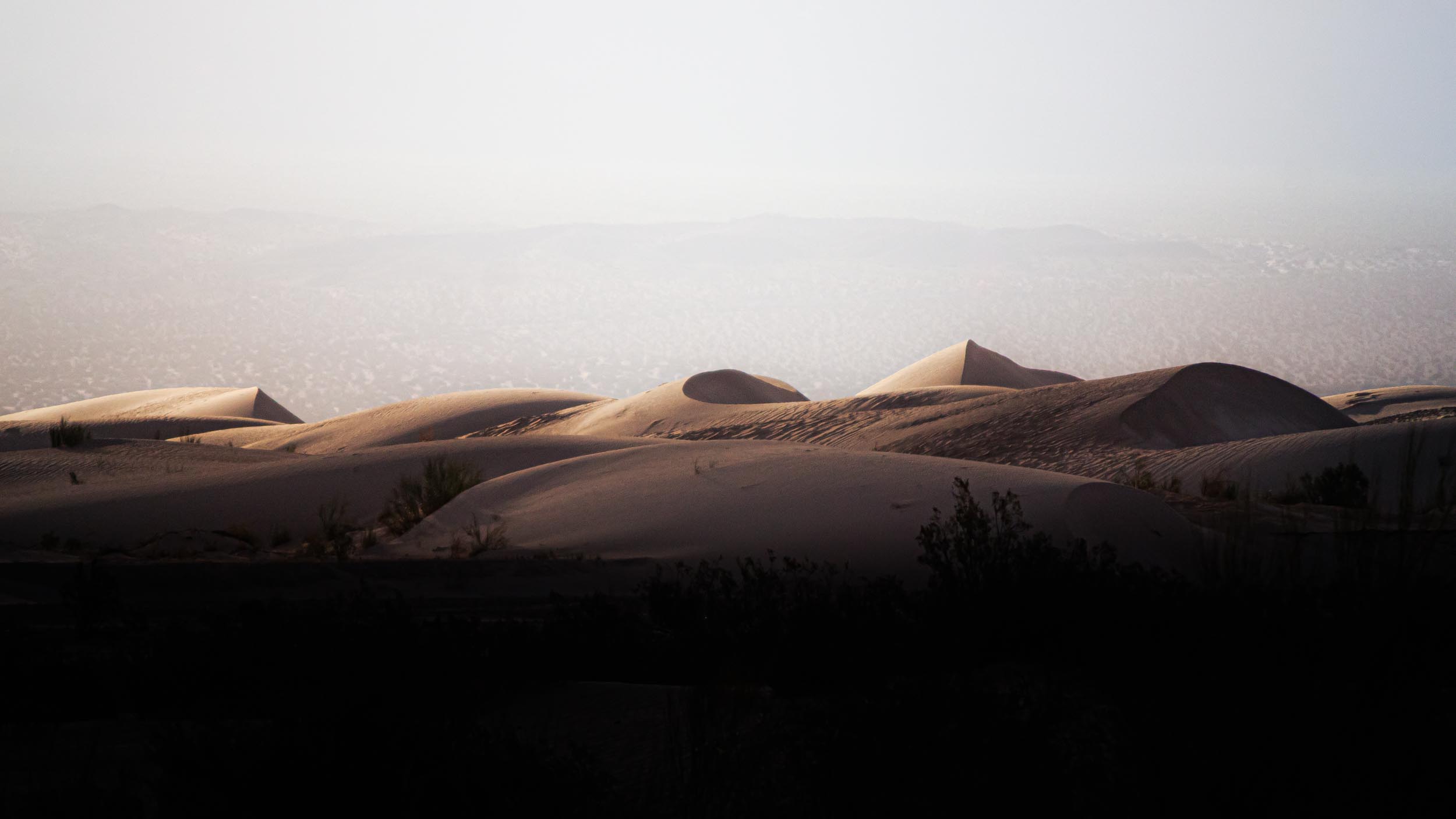
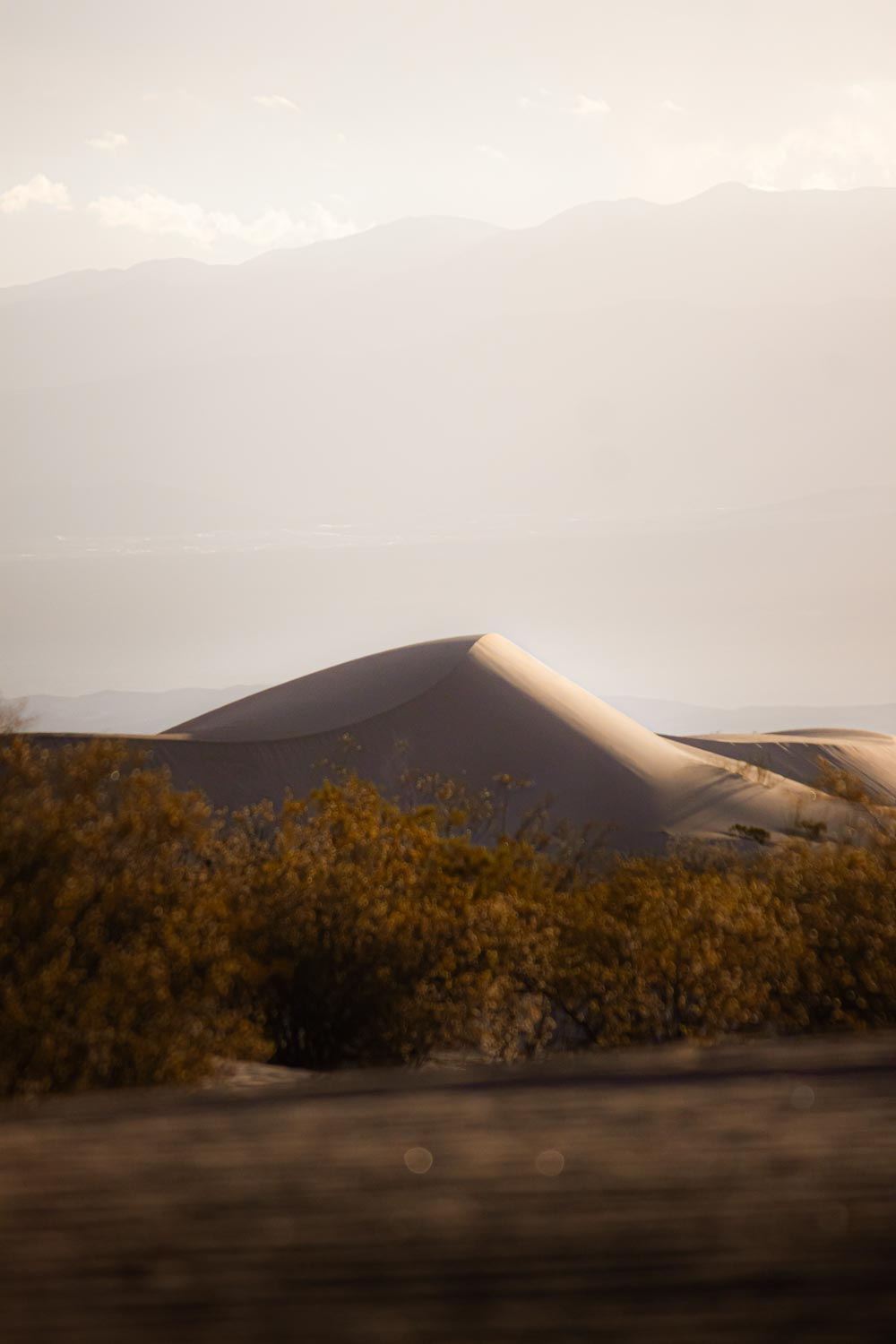
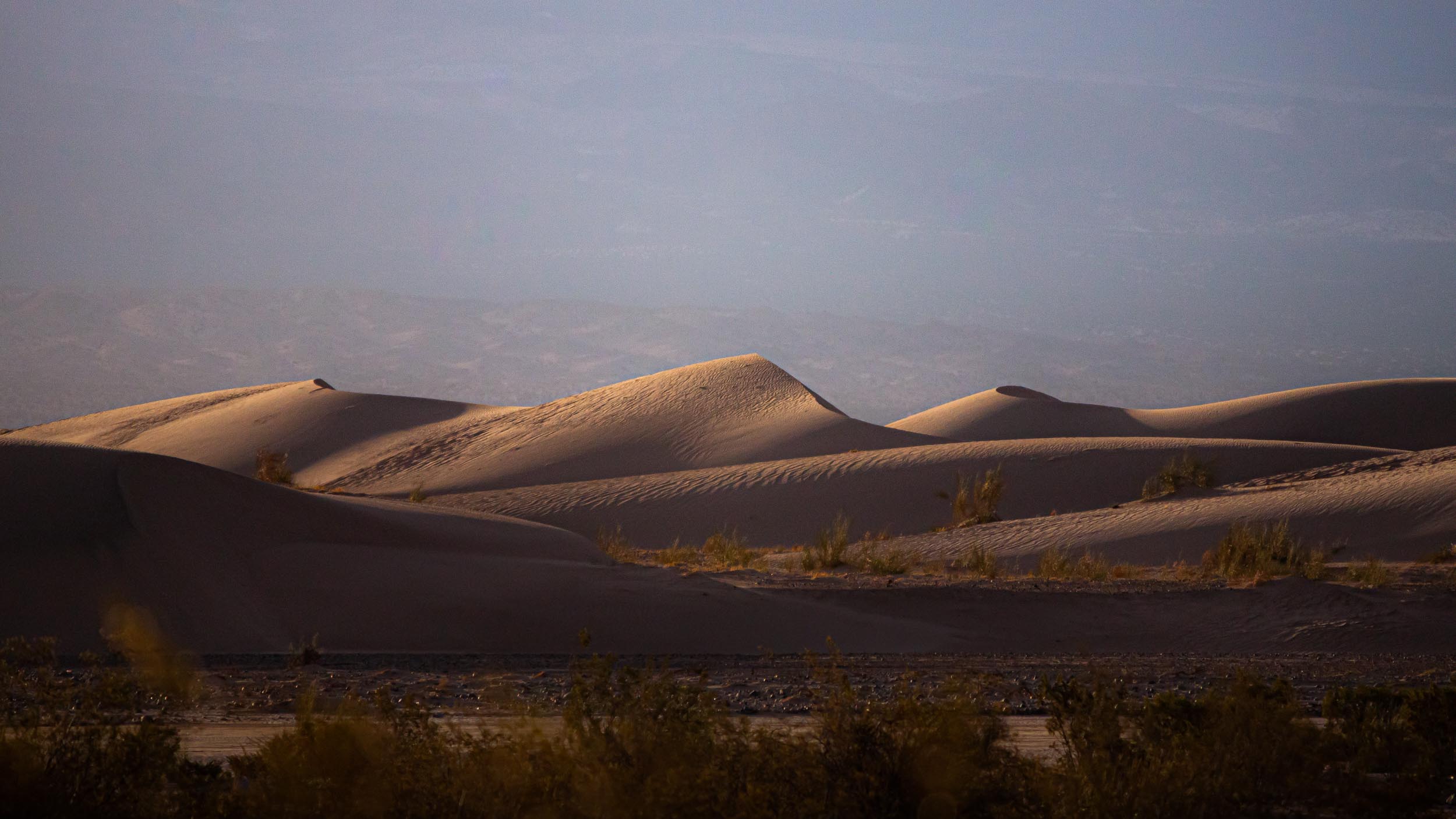
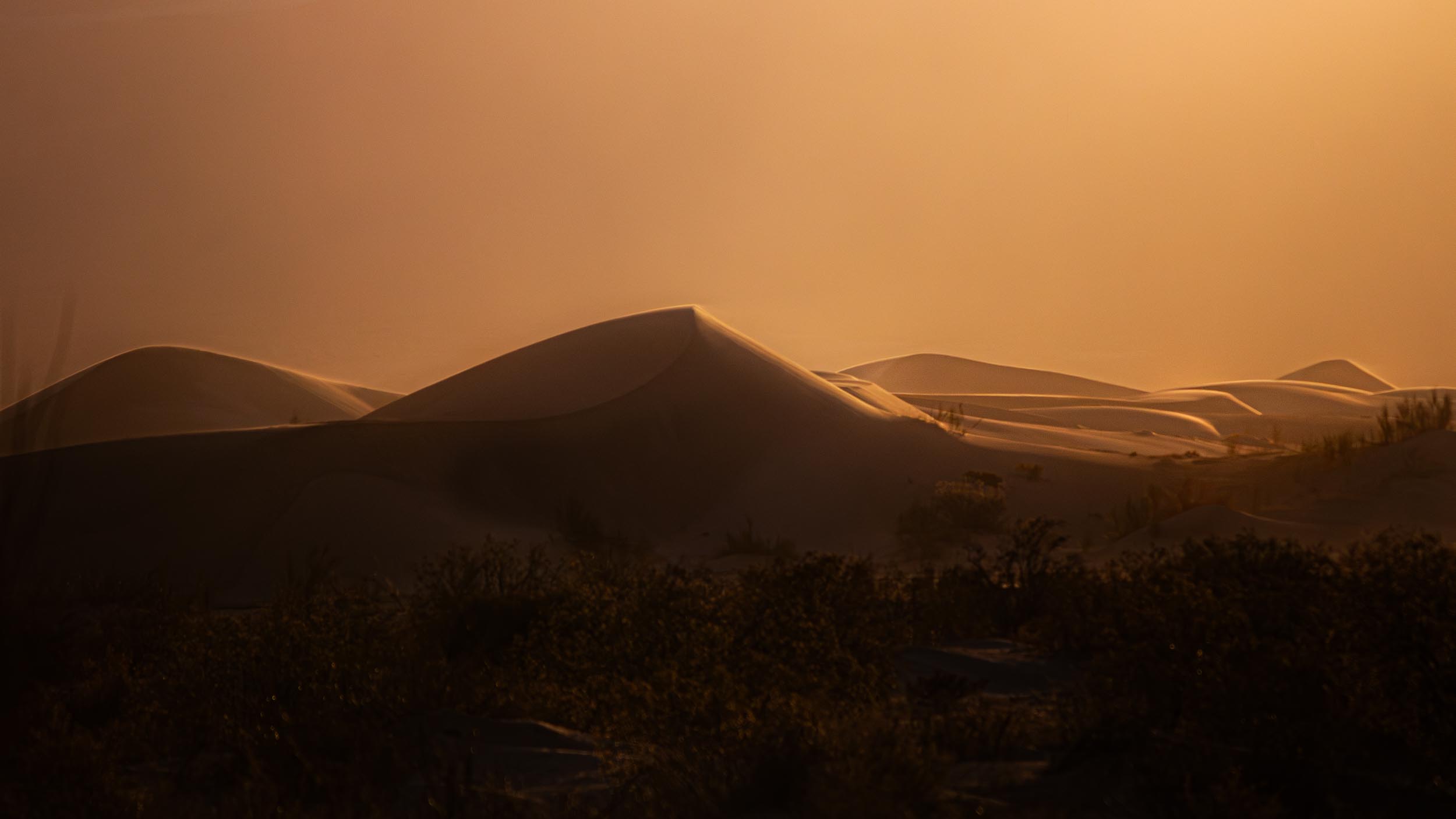
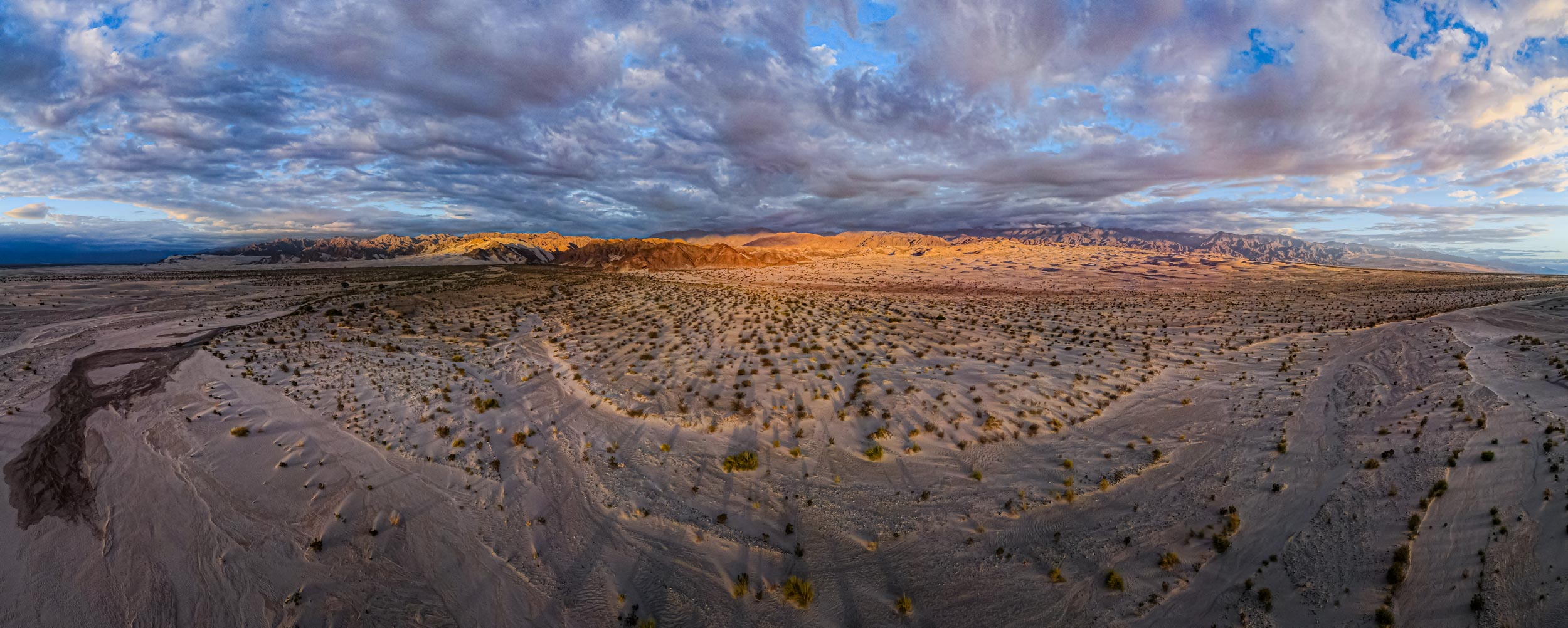
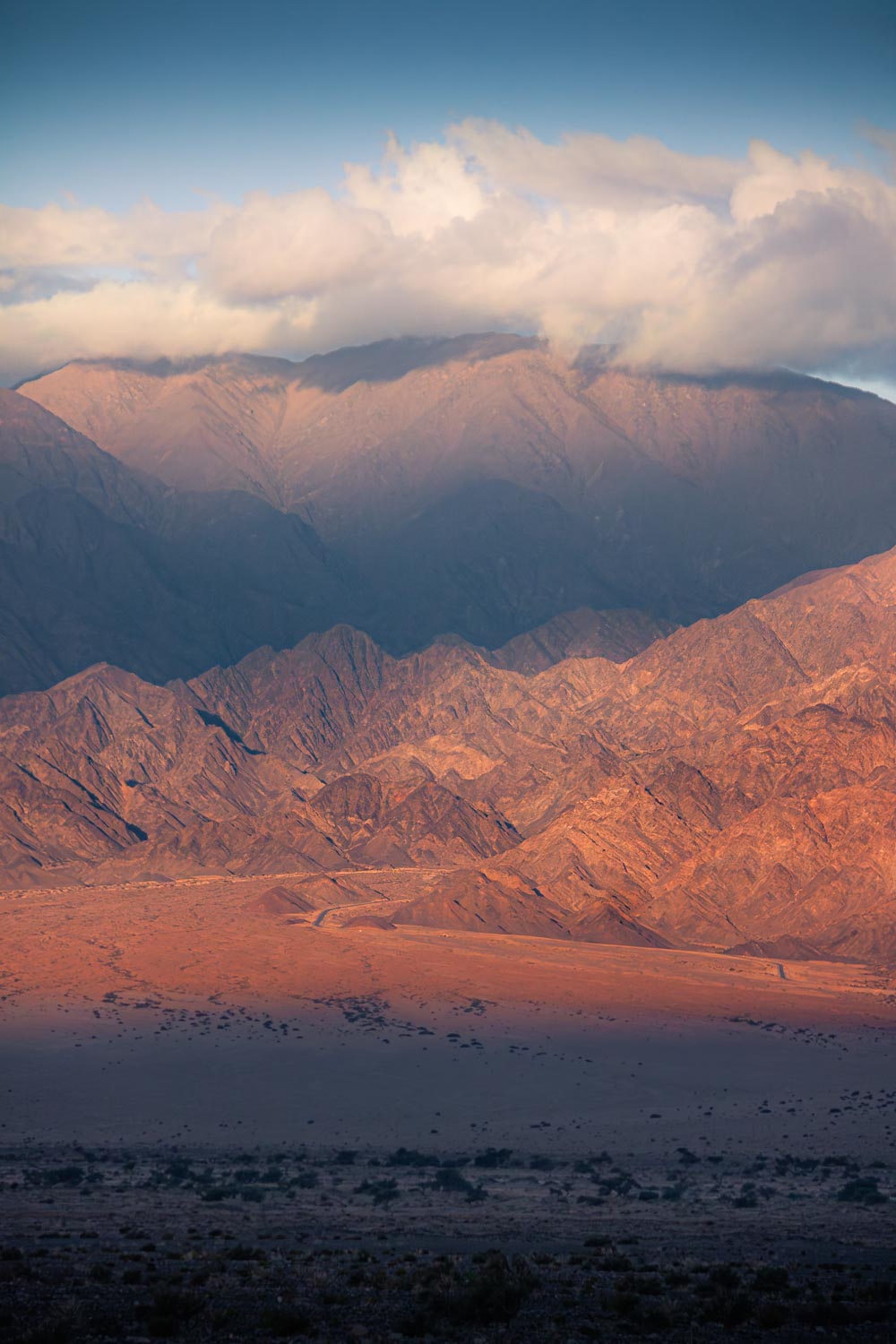
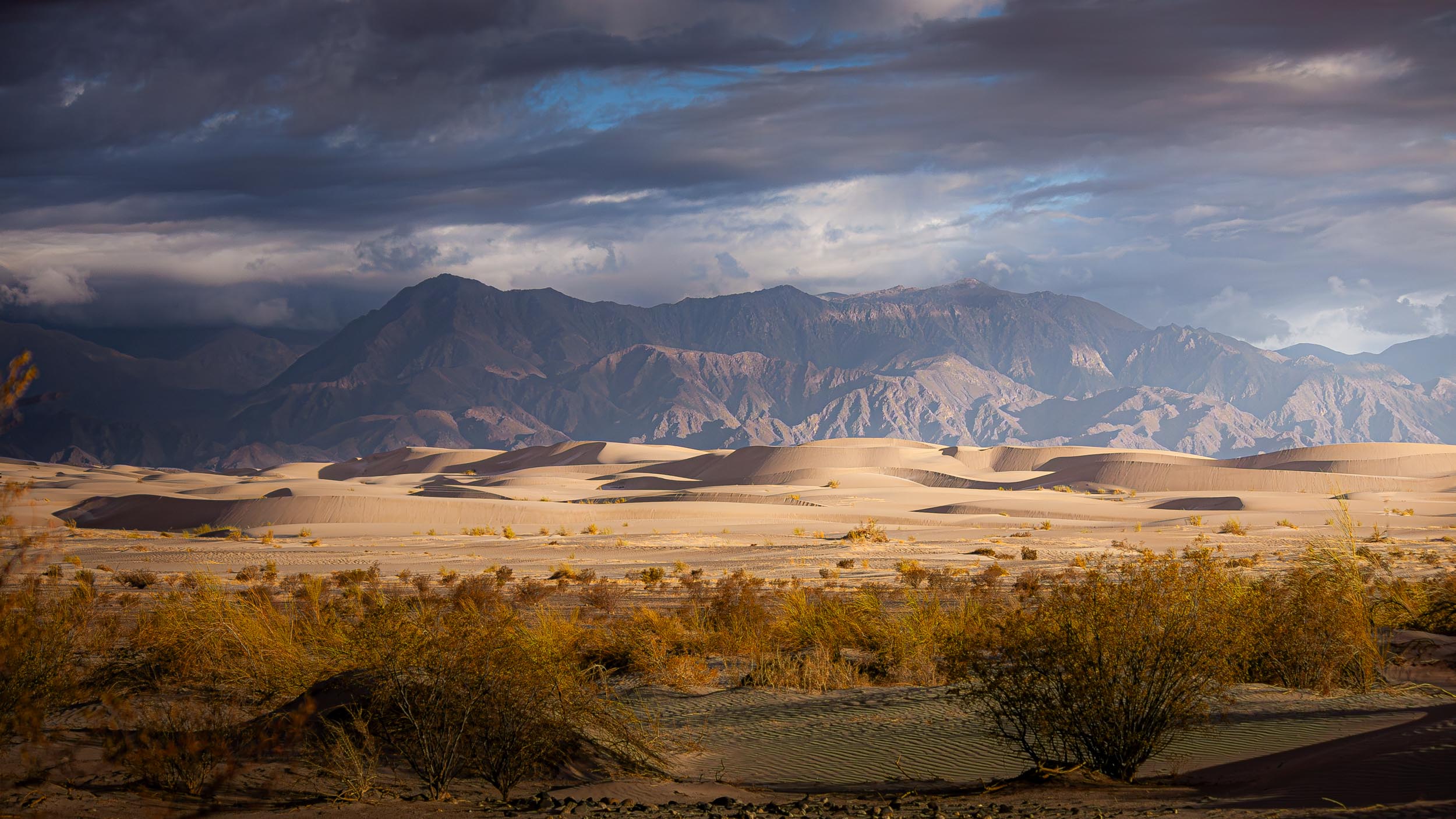
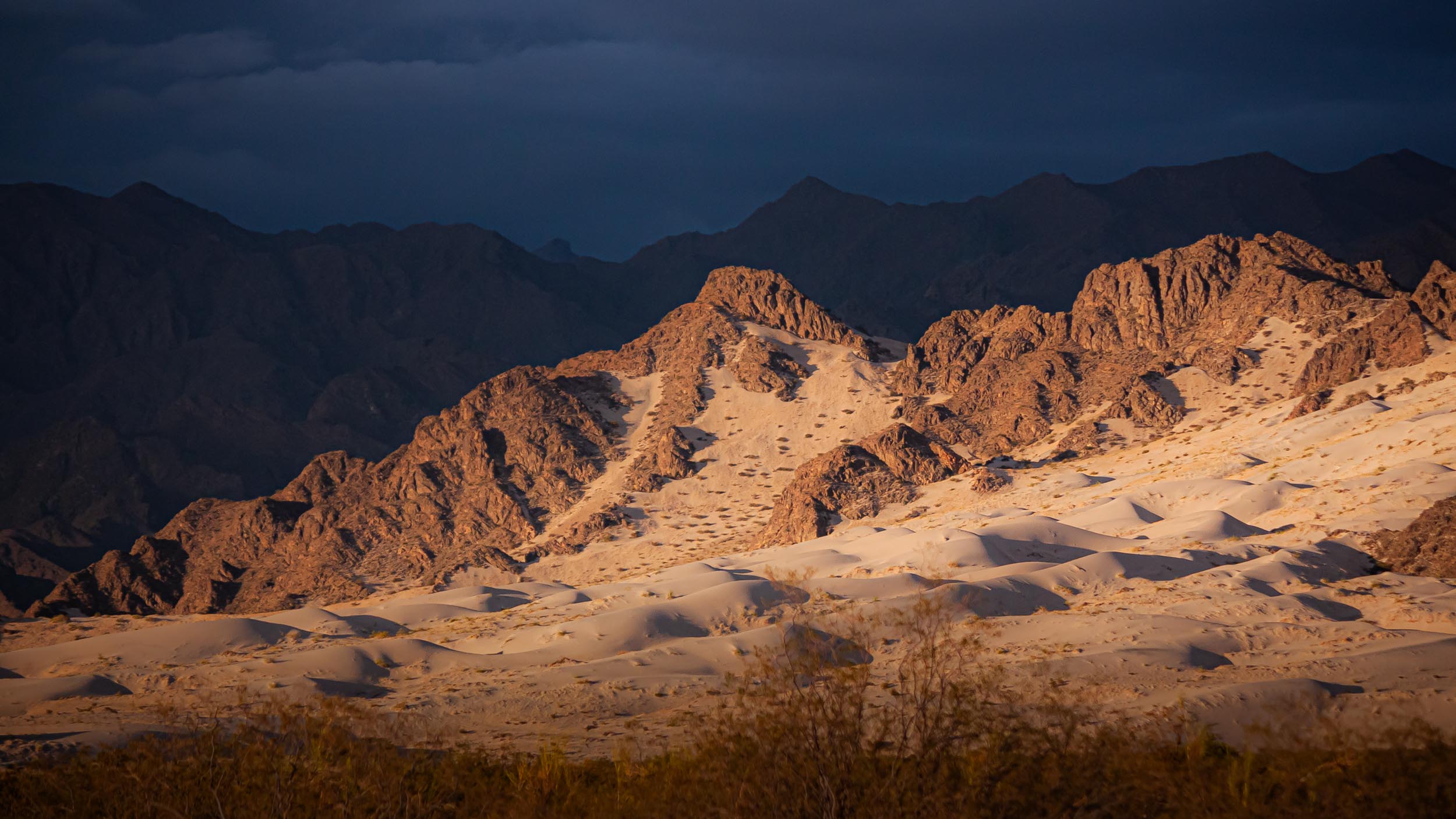
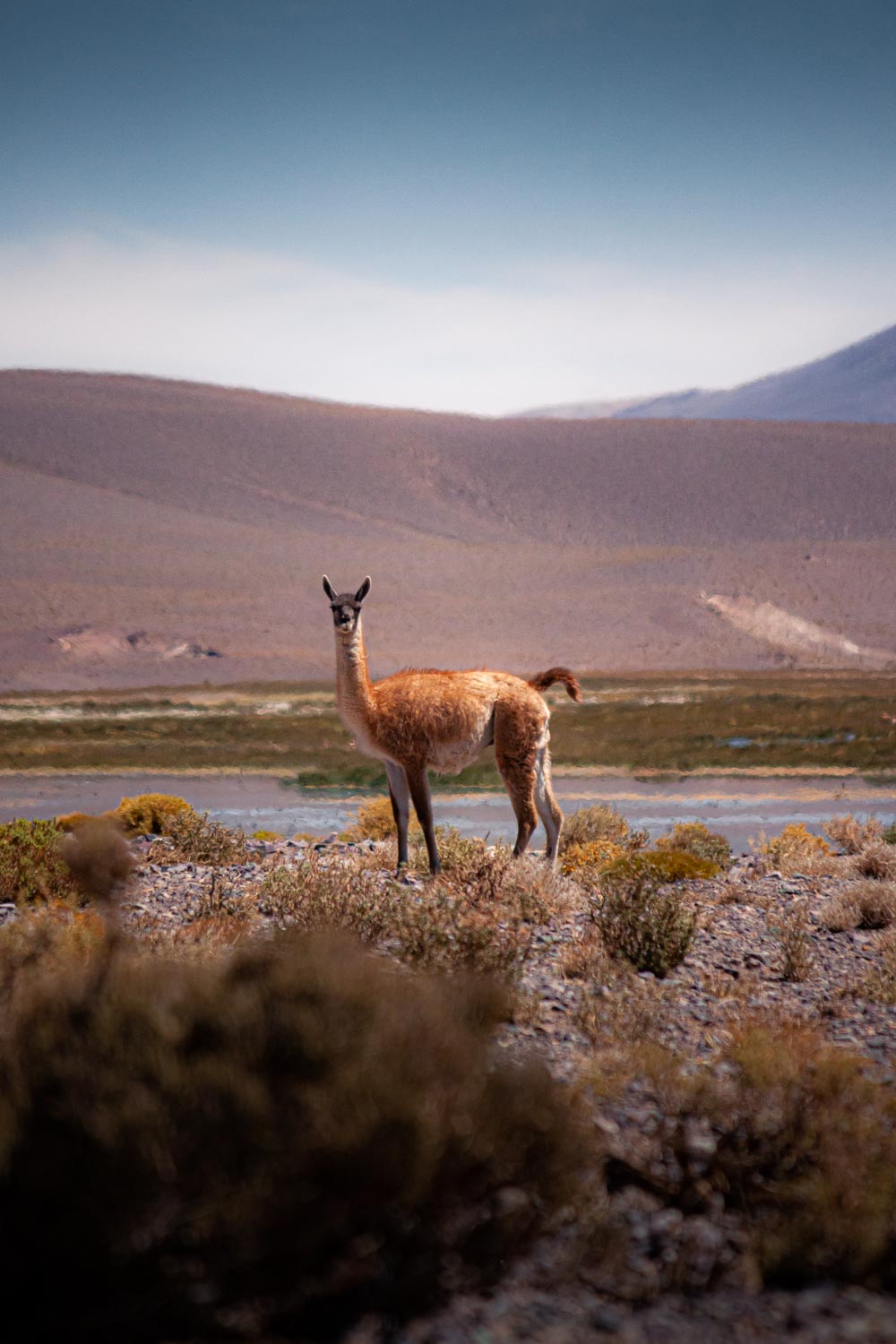
Vicuñas
Vicuñas are one of the two South American camelids, living mainly in the Andes mountains. They are related to llamas and are believed to be the wild ancestors of domesticated alpacas. Their wool is very expensive because they can only be shorn every three years and have to be caught from the wild. However, when knitted together their wool is very soft and warm. Due to high demand for their wool, Vicuñas were declared endangered in 1974 when only about 6,000 animals were left.
Since then the population has recovered to about 350,000 and is still under protection. To prevent poaching, a round-up is held every year, and all vicuñas with fur longer than 2.5 cm are shorn. Vicuñas can be found at altitudes between 3,200 and 4,800 meters. They feed on grass during the day and spend the nights on the slopes. Their main predators include pumas and the Andean fox. When driving through the province of Catamarca you will likely spot them near the road. While enjoying the sight, you have to be careful, though, since they often suddenly cross the road to catch up to the rest of the pack.
Text adapted from Wikipedia.org
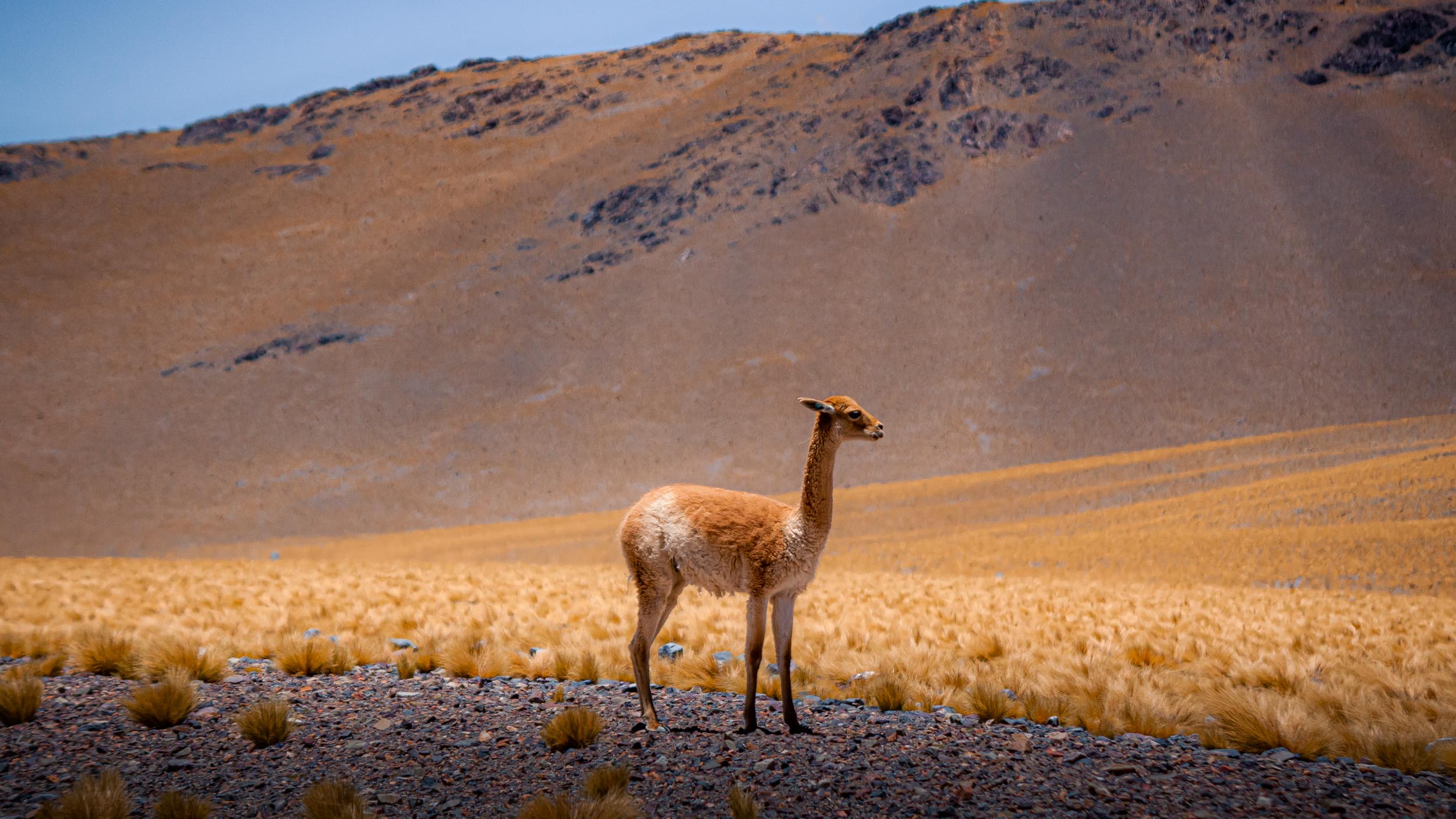
A Vicuña near the San Francisco Pass at an elevation of over 4000m
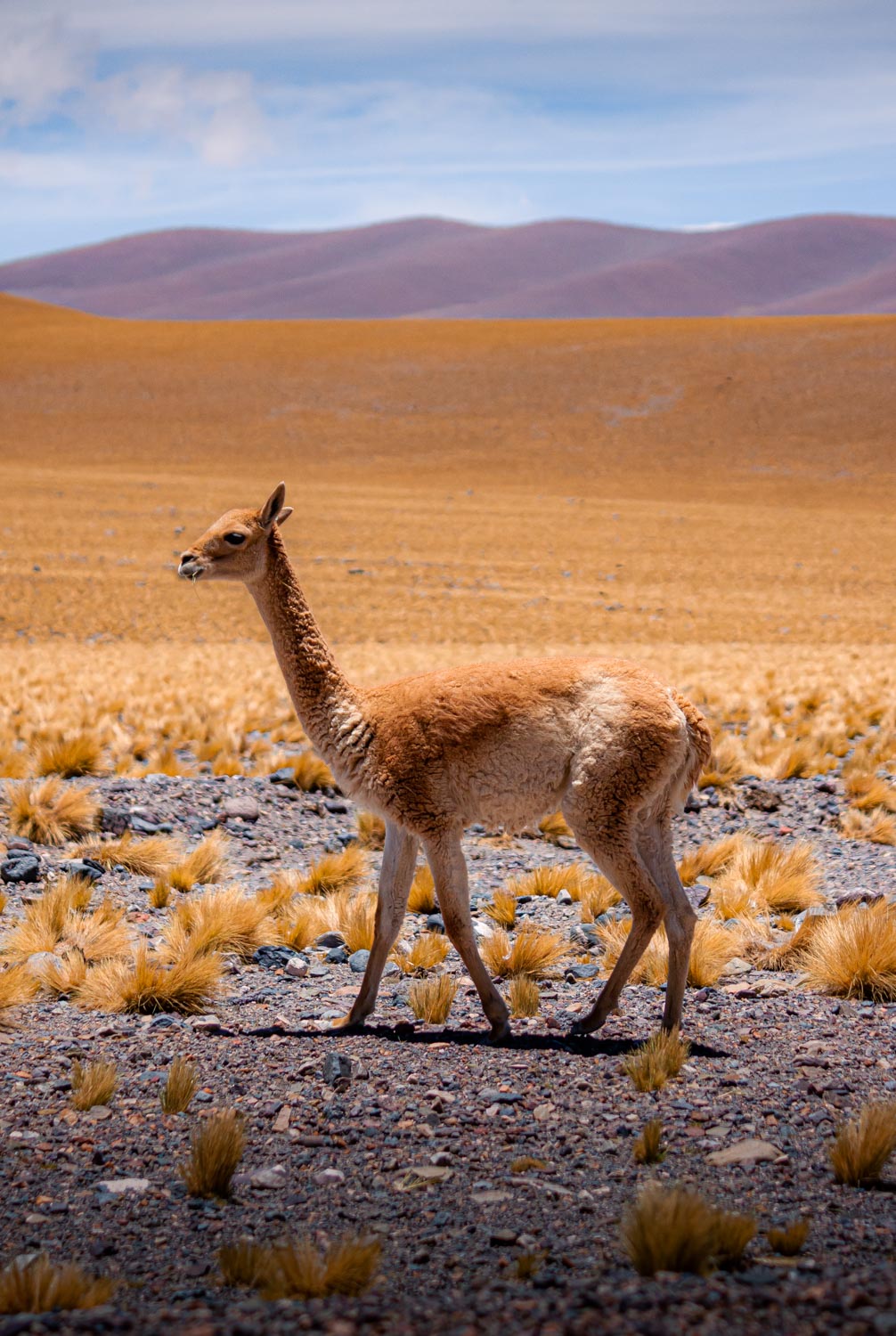
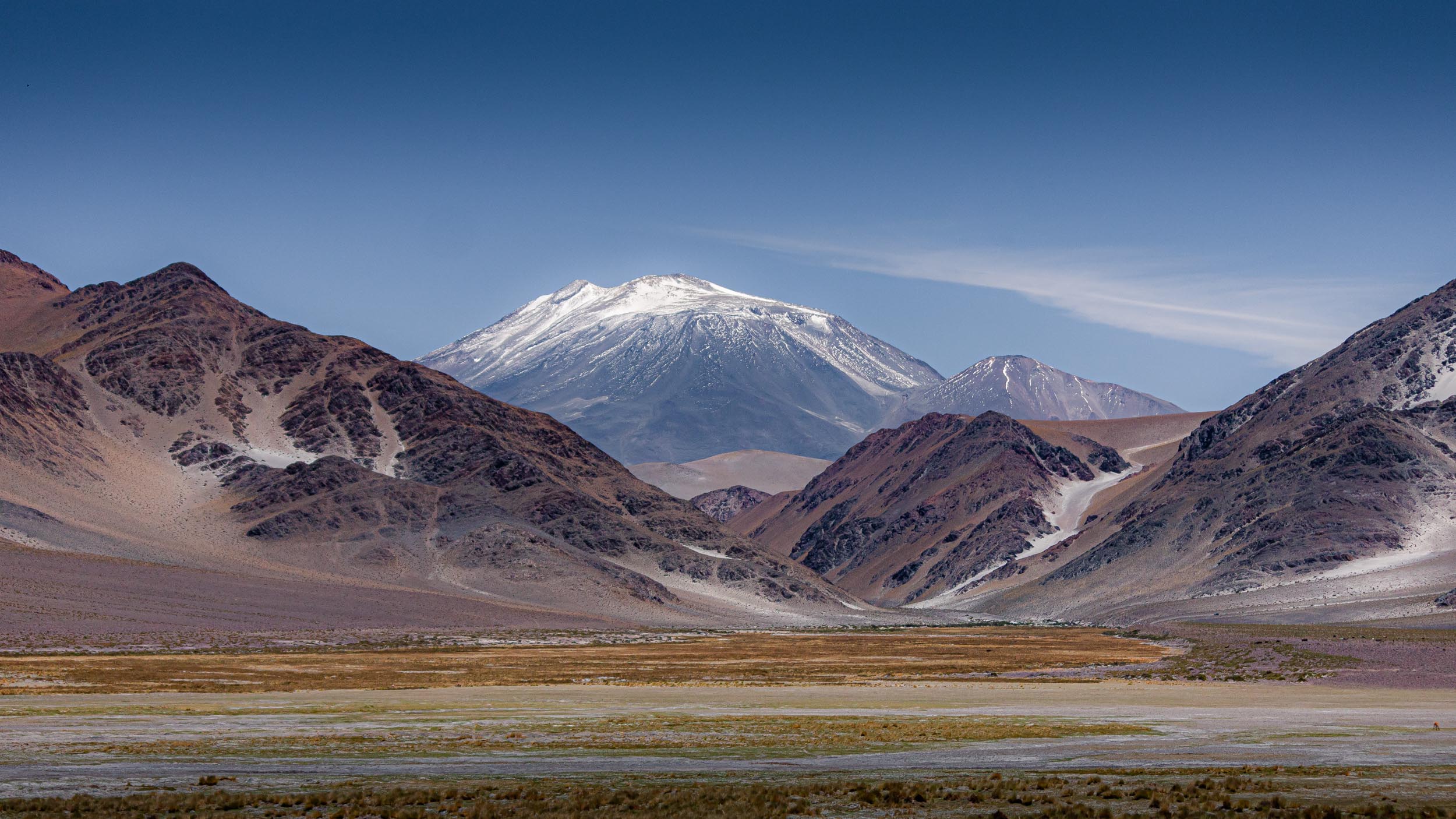
The snow-covered Incahuasi mountain close to the San Francisco pass. With a height of 6,621 meters it is one of the tallest in the country.

The provincial route 60 going through the Andes in Catamarca
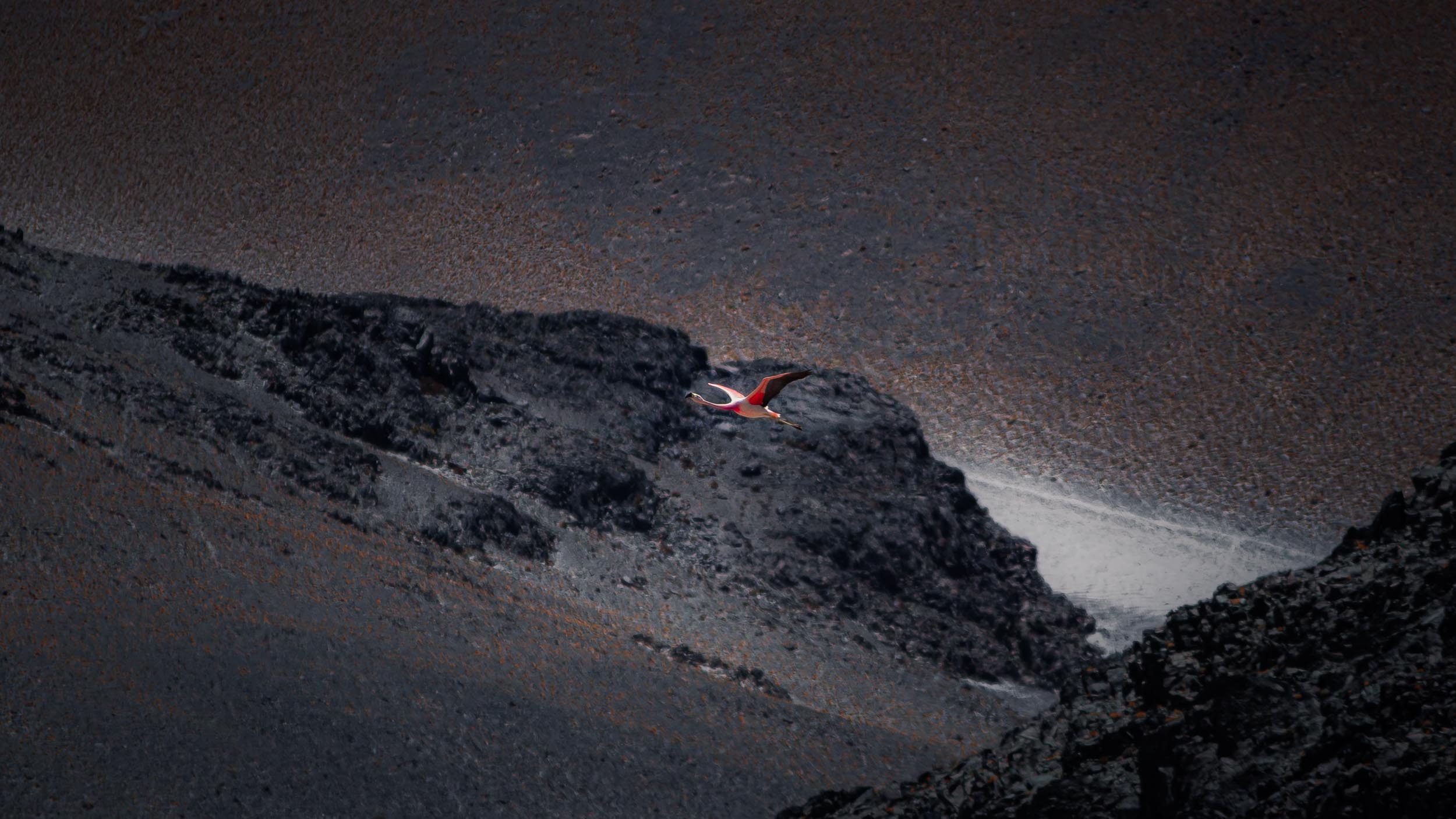
A flamingo flying through the Andes at more than 4,000 meters above sea level

